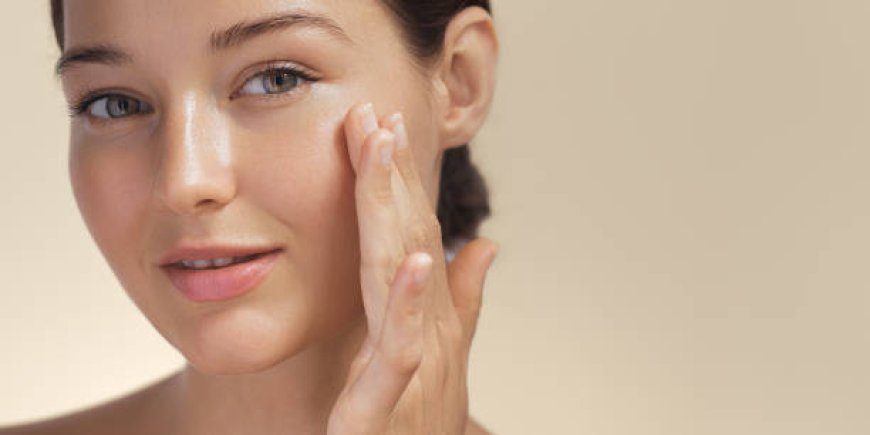Skin Whitening: Understanding Trends, Health Risks, and the Push for Inclusive Beauty Standards
Skin Whitening in Islamabad also known as skin lightening or bleaching, is a beauty practice prevalent across many cultures, particularly in Asia, Africa, and parts of the Middle East.

Skin Whitening in Islamabad trend has sparked both admiration and controversy, as people are drawn to skin whitening for various reasons, including personal preferences and societal ideals. However, the health risks and psychological implications of this practice are now coming under greater scrutiny. This blog examines why skin whitening is so popular, the methods people use, the health dangers involved, and the movement towards more inclusive beauty standards.
The Appeal of Skin Whitening: Cultural and Social Influences
The desire for lighter skin has deep cultural roots. Across many societies, lighter skin has traditionally been associated with higher social status, beauty, and privilege. In regions where lighter skin is favored, skin whitening becomes a means of achieving these ideals. For example, in parts of Asia and Africa, lighter skin is often equated with attractiveness, and in some professional or social contexts, fair-skinned individuals may be perceived as more desirable.
While some people use skin whitening products to address specific skin concerns like hyperpigmentation, acne scars, or sunspots, societal pressure often amplifies the desire for lighter skin. Advertising and media continue to reinforce fair skin as a standard of beauty, leading people to use whitening products in the hopes of achieving social approval or an idealized look.
Common Methods for Skin Whitening
Skin whitening products and procedures vary widely, with each method presenting different levels of risk.
Topical Creams and Lotions
Skin-lightening creams are among the most accessible and widely used products, often containing ingredients like hydroquinone, kojic acid, arbutin, and retinoids. These ingredients inhibit melanin production, resulting in a lighter complexion. Hydroquinone, a common ingredient, is effective but controversial due to risks like ochronosis (where skin darkens due to long-term use) and potential damage from prolonged use.
Chemical Peels
Chemical peels involve acids like glycolic or salicylic acid, which remove the outer layers of skin to reveal lighter, smoother skin underneath. These treatments are generally administered by dermatologists and can help reduce specific pigmentation concerns. However, improper application or overuse can lead to burns, infections, and other skin damage.
Laser Treatments
Laser treatments, such as Q-switch and IPL (intense pulsed light), target melanin to reduce pigmentation and dark spots. Laser treatments can be effective but are typically more expensive and require several sessions. If not performed correctly, lasers can lead to adverse effects like increased skin sensitivity and even scarring.
Glutathione Supplements and Injections
Glutathione is an antioxidant used both in oral supplements and injectable form to lighten skin. While glutathione supplements are generally considered safe, there is limited evidence supporting their effectiveness for skin whitening. Injectable glutathione is controversial, as high doses can pose risks to the liver and kidneys.
Natural Remedies
Many people turn to natural ingredients like lemon juice, yogurt, turmeric, and aloe vera, which have long been used for mild brightening effects. Though these methods are safe and affordable, they are less potent than chemical treatments and require consistent application over time for noticeable results.
Health Risks and Side Effects of Skin Whitening
Despite its popularity, skin whitening poses significant health risks, especially when using certain products or undergoing unregulated treatments. Hydroquinone, one of the most common ingredients in skin-whitening creams, can cause severe skin irritation and sensitivity. With prolonged use, it can also cause ochronosis, a condition that darkens the skin in patches. In some countries, hydroquinone is regulated or banned due to concerns over its long-term health effects.
Another major concern is mercury, a toxic metal sometimes found in unregulated skin-whitening creams. Mercury can cause a range of health issues, from skin rashes to kidney damage and neurological problems. Mercury exposure is particularly dangerous, as it can also affect the nervous system and lead to severe health complications. Other potential risks from using skin-whitening products include thinning of the skin, permanent scarring, and uneven pigmentation, often resulting from prolonged or inappropriate use of harsh chemicals.
Psychological and Societal Impact of Skin Whitening
The drive for lighter skin affects people psychologically and socially. In societies where fair skin is preferred, those with darker skin tones may feel pressure to conform to beauty ideals, leading to insecurities, reduced self-esteem, and internalized colorism (the belief that lighter skin is more beaut
What's Your Reaction?














![Noots Focus Reviews [Truth Exposed 2025]!](https://news.bangboxonline.com/uploads/images/202501/image_430x256_678e3b94881a1.jpg)










